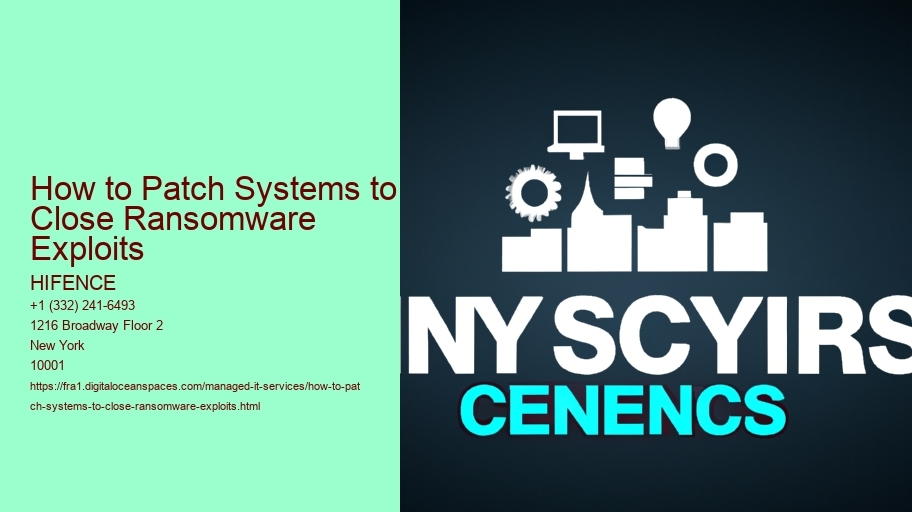
Okay, so, ransomware. How to Implement Multi-Factor Authentication to Prevent Ransomware . Ugh, right? Its like the digital equivalent of someone breaking into your house and demanding money not to trash the place (or worse, sell your embarrassing photos online!). And a lot of the time, these ransomware attacks happen because of security holes (we call them vulnerabilities) in our systems. Think of it like leaving a window unlocked – a perfect invitation for trouble.
So, how do we, like, close those windows? Well, thats where patching comes in. managed services new york city Patching basically means applying updates to your operating systems, software, and even firmware on devices like routers. These updates often include fixes for those nasty security vulnerabilities that ransomware loves to exploit.
The thing is, it aint always simple. (Sometimes its super complicated, like when youre dealing with legacy systems, yikes!). You gotta know what needs patching first. Like, what software are you running? managed services new york city Are there any known vulnerabilities associated with those versions? A good vulnerability scanner can help with that. Its like a digital bloodhound sniffing out potential problems.
Once you know what needs fixing, you gotta get the patches. managed service new york Usually, you can download them from the software vendors website (like Microsoft, Adobe, or Apple). But, and this is a big BUT, always make sure youre getting them from a legitimate source! Fake patches can be even worse than no patches at all, because they may install malware instead. managed it security services provider Ouch!
Then comes the actual patching process. Sometimes its as easy as clicking a button and letting the system do its thing. Other times, it can be more involved and require some technical know-how. (Dont be afraid to ask for help from your IT department or a trusted tech friend, seriously!).
And heres a crucial tip: test your patches before you roll them out to your entire network! Deploying a patch that causes more problems than it solves is a nightmare scenario. Set up a test environment (a virtual machine, perhaps?) and make sure everything works as expected after the patch is applied.
Finally, and this is super important, patching should be a regular thing. Don't wait until you're under attack to start patching! Set up a schedule and stick to it. Automate the process if you can.